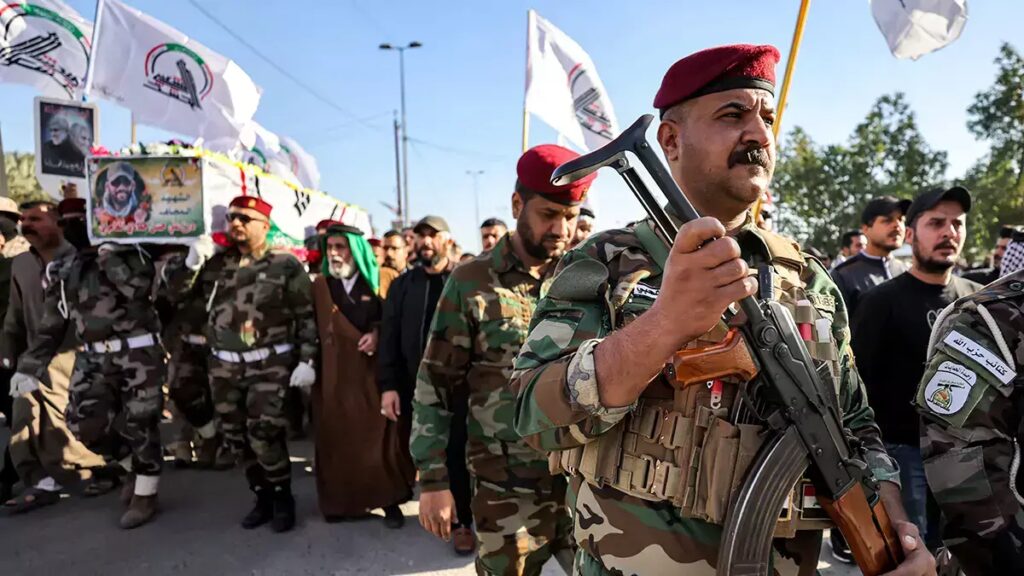
An attack from Iran-aligned forces that killed U.S. service members near Jordan’s border with Syria risks direct U.S.-Iran conflict in a region already embroiled in widening violence.
The January 28 drone attack that killed three U.S. troops near the Jordan-Syria border follows more than one hundred attacks by Iran-backed militias against U.S. forces since the outbreak of the Israel-Hamas war in the Gaza Strip. Is the United States caught in an escalation trap with these groups?
Yes, potentially. The Iranian proxy war strategy has always posed this danger. Iran’s core logic was that it could inflict pain on its adversaries mostly through proxies in Iraq, Lebanon, Syria, and Yemen while denying any direct involvement and therefore minimizing retaliatory attacks on its own territory. So long as its own forces were not involved, the United States and its allies would focus their counterattacks on the proxies, drawing further U.S. resources into this fight and exposing U.S. troops in the process. This tactic has worked since the outbreak of the war between Israel and Palestinian militant group Hamas in October. Today, the deaths of three Americans are pressing the Joe Biden administration toward a more determined response, including targeting Iran itself.
What is known about Iran’s influence on such “Axis of Resistance” groups, including the one claiming responsibility for the attack?
There is considerable opacity on this front, and Iran’s ties with its proxies differ. The most intimate relationship is with Lebanon’s Hezbollah, which Iran essentially created in 1982 and has since nurtured. Prior to Hamas’s attack on Israel, there were reports of Iran’s military commanders meeting with both Hezbollah and Hamas representatives in Beirut, indicating attempts at greater coordination. The Houthis’ ties to Iran were strengthened during the Yemen civil war, and they have since stepped up military support and coordination with the Houthi attacks on ships in the Red Sea. In Iraq, the amalgam of Shia militia groups seems to have considerable operational links with Iran. It is unreasonable to assume that these groups are launching all these attacks without Iranian foreknowledge.
Is there risk of direct U.S.-Iran confrontation as these attacks and reprisals escalate?
Yes. Should the United States take action against Iran, the Islamic Republic will be compelled to respond. In the aftermath of a U.S. drone strike killing Iranian commander General Qasem Soleimani in January 2020 near Baghdad International Airport, Iran retaliated with missile strikes against a U.S. military installation in Iraq. The Donald Trump Administration chose not to respond to that attack and the crisis subsided. But there was a potential for considerable escalation. Neither side wants war, but that does not mean that war cannot result from such a spiraling crisis.
There will be diplomatic demarches and economic penalties coming out of this, but they will prove less effective. The United States can take action against Iranian targets outside Iran, such as targeting its naval vessels or its military personnel in other nations such as Iraq and Syria. The most effective response, however, is likely to be a direct attack on military targets in Iran itself, including the Islamic Revolutionary Guard Corps, which handles dealings with proxy forces in the region. But that entails obvious risks of escalation in an already tense Middle East.
